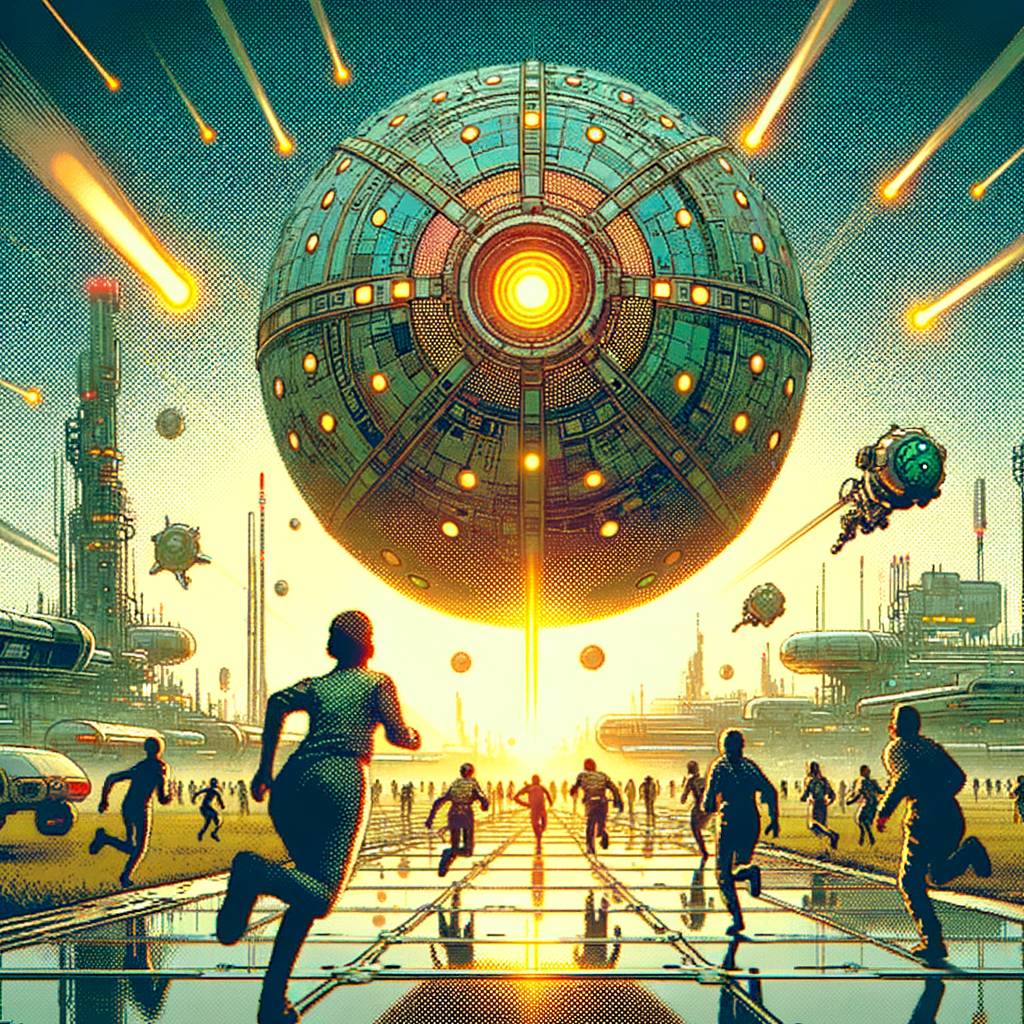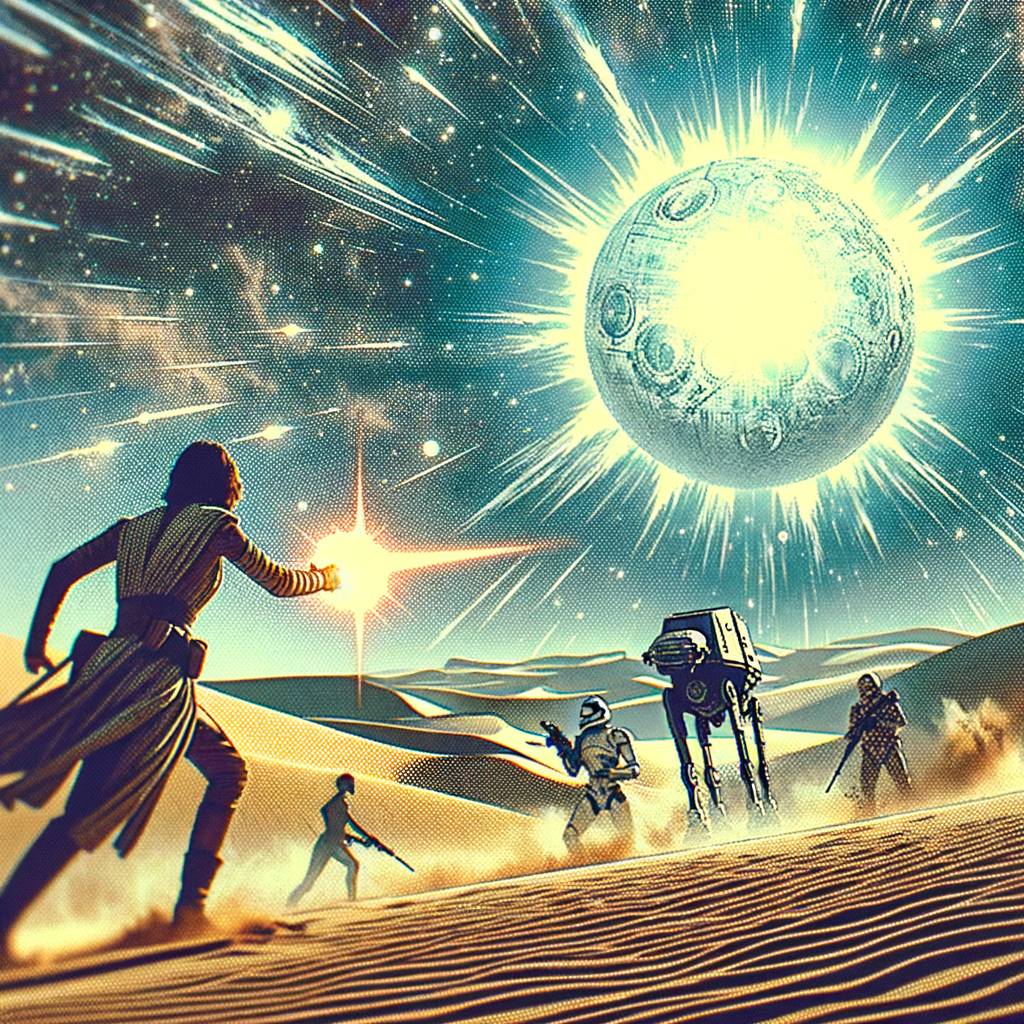Is Iain M. Banks’ “Culture” Series Orbital Scientifically Feasible?
Science fiction has always been a genre that pushes the boundaries of our imagination, presenting us with concepts and technologies that seem far beyond our current capabilities. One such concept is the Orbital, a megastructure featured in Iain M. Banks’ “Culture” series. But is such a structure scientifically feasible? Let’s delve into the science behind the Orbital and see how close we are to making this science fiction concept a reality.
Understanding the Orbital
In the “Culture” series, an Orbital is a ring-shaped artificial world that rotates to create gravity. These structures are approximately 3 million kilometers in diameter, 10 million kilometers in circumference, and about 1000 kilometers wide. They are designed to house billions of inhabitants and mimic the conditions of a habitable planet, complete with weather systems and varied landscapes.
The Science Behind the Orbital
The concept of an Orbital is not entirely fictional. It is a type of megastructure known as a ringworld, a concept that has been explored by many science fiction authors and scientists alike. The idea is based on the principles of centripetal force and artificial gravity.
As the Orbital spins, the inhabitants on the inner surface would experience a force pushing them outwards, simulating the effect of gravity. This is the same principle that keeps water in a bucket when you swing it around. The speed of rotation would need to be carefully calibrated to provide the right amount of “gravity” for the inhabitants.
Challenges in Building an Orbital
While the science behind an Orbital is sound, there are significant challenges that make building one currently impossible with our technology. These include:
- Material Strength: The structure would need to withstand the immense stresses caused by its rotation. No known material has the required strength-to-weight ratio to build such a structure.
- Construction: Building an Orbital would require an astronomical amount of resources and manpower. It would also require technology capable of constructing in space on a massive scale, something we currently do not possess.
- Stability: Keeping an Orbital stable would be a significant challenge. Any imbalance in the structure or its rotation could lead to catastrophic failure.
Conclusion: A Dream for Now
While the concept of an Orbital is fascinating and theoretically possible, it remains firmly in the realm of science fiction for now. The challenges in building such a structure are immense and beyond our current technological capabilities. However, as our understanding and technology continue to advance, who knows what the future may hold? As Iain M. Banks himself said, “The future is not set. There is no fate but what we make for ourselves.”1
So, while we may not be building Orbitals anytime soon, the “Culture” series continues to inspire us to dream big and push the boundaries of what is possible.
1 Iain M. Banks, “The Player of Games” (1988)



